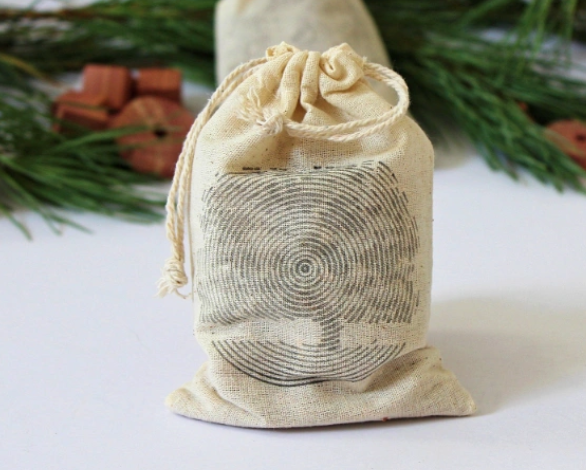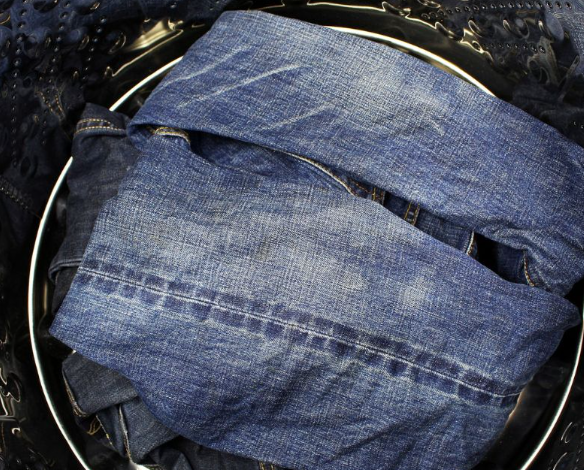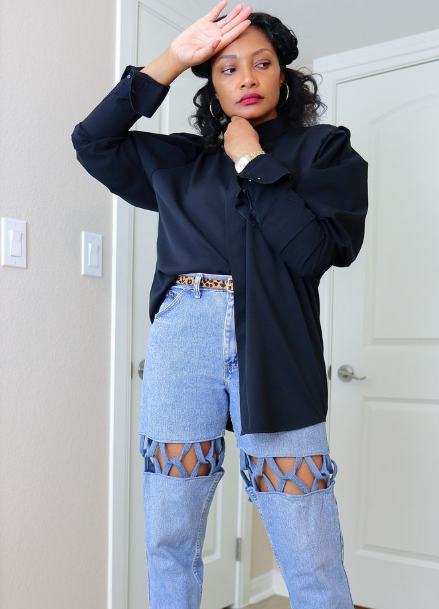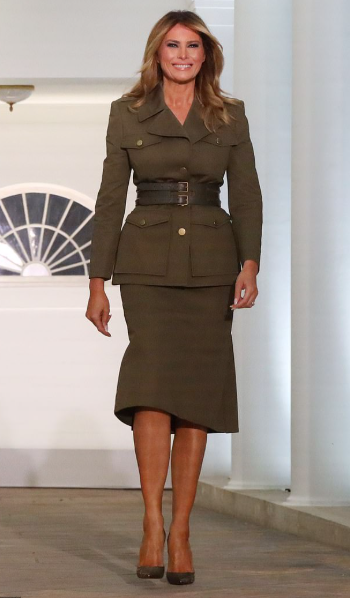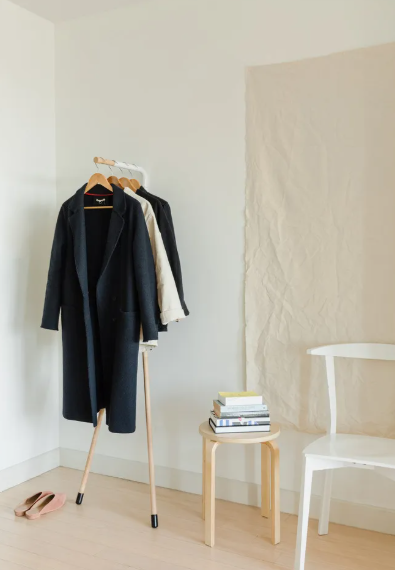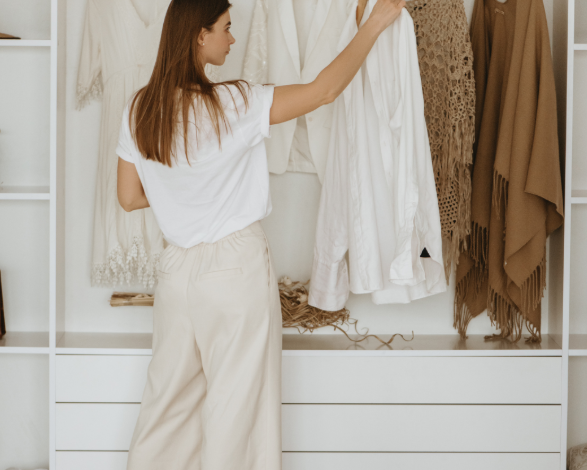
Breathing New Life Into Old Clothes: Repair, Dye, and Upcycle for Sustainability
Reviving your old clothes is not only an opportunity to restore their former glory but also a great way to contribute to sustainability by reducing waste. Whether you’re looking to fix small tears, refresh faded colors, or completely transform outdated garments, this guide offers practical tips and creative ideas to help you restore, upcycle, and extend the life of your wardrobe.
Why Do Clothes Fade and Wear Out?
Over time, clothes naturally fade and wear out due to a combination of factors, such as frequent washing, exposure to sunlight, and the breakdown of fibers. Friction from washing machines, the harsh effects of detergents, and even the heat from dryers can weaken fabrics and cause colors to lose their vibrancy. Dark-colored garments are especially prone to fading, as their dyes gradually lose strength with each wash.
To bring your clothes back to life, it’s essential not only to restore their color but also to take steps to prevent further damage by following proper care techniques.
Simple Repair Techniques for Worn Clothes
Before you start reviving colors or transforming garments, take time to repair any damage. Small repairs can breathe new life into clothes that might otherwise be discarded. Here are some easy repairs you can do at home:
- Fixing Small Holes and Tears: Use a needle and thread to stitch up small rips. Choose thread that matches the fabric color for a seamless repair.
- Replacing Buttons and Zippers: Missing buttons or broken zippers are simple to replace. A basic sewing kit can help restore the functionality of your garments.
- Reinforcing Seams: If seams are loose or fraying, simply restitch them to prevent further wear. This will help your clothes last longer.
Basic repairs not only extend the life of your clothes but also ensure they remain durable as you continue to restore and revamp them.
How to Restore Color with Fabric Dye
Fabric dyeing is one of the most effective ways to refresh faded clothes, especially dark garments. Here’s how you can use dye to restore the vibrancy of your clothes:
- Choose the Right Dye: For natural fibers like cotton and linen, use fiber-reactive dyes, as they bond best with these materials. For synthetic fabrics like polyester, use dyes designed specifically for synthetic fibers.
- Prepare the Garment: Wash your clothes first to remove any residues or oils that might prevent the dye from absorbing evenly. Wetting the fabric beforehand can help ensure an even color distribution.
- Apply the Dye: Follow the instructions on the dye packaging carefully. Immerse your clothes in a dye bath, stirring frequently to ensure an even color. Once dyed, rinse thoroughly and let the garment air dry in a well-ventilated space.
Dyeing is particularly effective for bringing life back to faded dark clothes, making them look vibrant again.
Natural Remedies to Brighten Faded Clothes
If you prefer natural methods, there are several options to brighten up faded garments without resorting to harsh chemicals:
- Vinegar: Add half a cup of vinegar to your wash cycle to help remove detergent residue and brighten fabrics naturally.
- Salt: A cup of salt in the wash can help rejuvenate dark fabrics by preventing further color loss and helping the dyes set.
- Lemon Juice: For light-colored fabrics, lemon juice is a natural brightener. Soak your clothes in a mixture of lemon juice and water to lift stains and restore color.
These simple, natural solutions can be especially helpful for delicate fabrics where you want to preserve fiber strength while restoring their color.
Refreshing Whites with Baking Soda or Hydrogen Peroxide
White clothes can be particularly challenging as they tend to yellow over time. Try these effective, gentle methods to refresh whites:
- Baking Soda: Add half a cup of baking soda to your wash cycle. It lifts stains and neutralizes odors, helping to keep whites bright without the use of bleach.
- Hydrogen Peroxide: A mild bleach, hydrogen peroxide can remove yellowing and stains. Add a cup to your laundry or soak whites in a solution of water and peroxide before washing.
Both of these options are effective at brightening white clothes without damaging the fabric.
Preventing Further Fading with Proper Care
Once your clothes are revived, proper care is crucial to prevent future fading. Here are some tips to maintain the vibrancy of your garments:
- Wash Clothes Inside Out: Washing clothes inside out minimizes friction and reduces color loss, especially with delicate fabrics.
- Use Gentle Detergents: Choose detergents formulated for color protection and delicate fabrics to avoid harsh chemicals that can accelerate fading.
- Air Dry: The heat from dryers can cause colors to fade and fabrics to stretch. Whenever possible, air dry your clothes to preserve their color and shape.
By following these practices, you can keep your clothes looking fresh and vibrant for a longer time.
Creative Upcycling Ideas for Old Clothes
Upcycling not only helps reduce waste but also allows you to get creative and transform old garments into something new. Here are some ideas to inspire your upcycling projects:
- Turn T-Shirts into Tote Bags: Repurpose old t-shirts by cutting off the sleeves and neckline, then sewing the bottom shut to create a reusable tote bag.
- Create Patchwork Quilts: Use old t-shirts, denim, or other fabric scraps to make a colorful patchwork quilt. This is a great way to preserve sentimental clothing.
- Convert Jeans into Shorts: If your jeans are worn out or out of style, cut them into trendy shorts. Add embroidery or fabric patches to personalize them.
- Upcycle Sweaters into Pillow Covers: Old sweaters can be turned into cozy pillow covers, adding texture and warmth to your home decor.
- Transform Shirts into Aprons: Old button-up shirts can be converted into aprons for cooking or gardening by cutting off the sleeves and adding ties.
Upcycling is a fun way to reduce waste while creating unique, functional pieces for your home or wardrobe.
Choosing the Right Dye for Your Fabric
When dyeing your clothes, it’s essential to choose the right dye for your fabric:
- Natural Fibers: Cotton, wool, and linen respond well to fiber-reactive or all-purpose dyes.
- Synthetic Fibers: Polyester and nylon require synthetic dyes that are specifically designed for non-natural fibers.
- Blended Fabrics: If you have a blend of natural and synthetic fibers, choose a dye formulated for both types of materials to ensure an even finish.
The right dye ensures your clothes regain their color while maintaining fabric integrity.
Tools and Materials for DIY Clothing Revival
To successfully repair, dye, and upcycle clothes, you’ll need the right tools:
- Needles and Thread: Essential for basic repairs like fixing seams or small rips.
- Fabric Dye: Choose the appropriate dye for your material and remember to use rubber gloves.
- Sewing Machine: Ideal for larger repairs or upcycling projects.
- Fabric Scissors: Sharp scissors are necessary for precise cuts when altering garments.
Having these tools on hand makes clothing restoration projects more manageable and ensures better results.
Benefits of Repairing and Upcycling Clothes
Repairing and upcycling clothes not only helps you save money but also supports a more sustainable lifestyle. By extending the lifespan of garments, you reduce the demand for fast fashion, which has a significant negative impact on the environment. Repairing clothes reduces textile waste, conserves resources, and minimizes the need for new items.
Upcycling allows you to breathe new life into old clothes, transforming them into functional and creative pieces. By doing so, you contribute to a more eco-friendly and sustainable fashion cycle, preserving the value of each garment and making your wardrobe more sustainable in the long run.

